Planting hazelnuts in the fall on their own plot is possible without special conditions. All that is needed is desire and hard work. Hazelnut called the king among the nuts, because he is the most nutritious and healthy. Its medications are used in dermatology, cosmetology, nephrology, gastroenterology.
Content
Description of Hazel
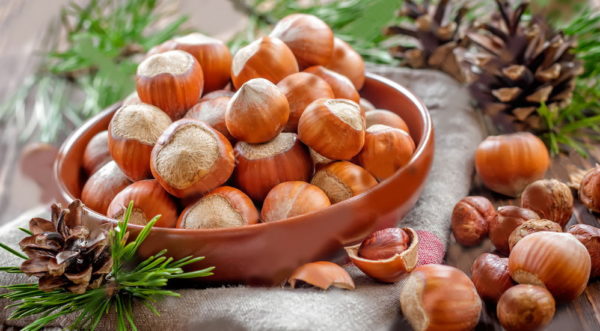
Hazelnuts, in another way - hazelnut or Corylus. Perennial plant belongs to the genus Hazel. There are wild varieties that are more common in the south - in the Crimea and the Caucasus. They differ in the smaller size of the fruit, so it is harder to collect them. The taste characteristics are inferior to garden ones, and the yield indicator is not high.
This is a tree culture. Height from 2 to 5 m. It has a rounded crown, smooth delicate bark, conical nuts. The leaves of hazel are similar in shape to fish - a bream, hence the name of the species.
During flowering, elongated buds appear on the branches, on the tip of which a terry purple brush. Raspberry color. This is how female inflorescences look. Men's look like birch earrings. Fruits appear at 6 years.
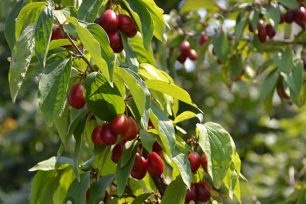 You may be interested in:
You may be interested in:Hazelnuts have a bright taste, are a very high-calorie product. They contain many useful substances for the body. One nut contains 73% of oils, 20% of protein, about 5% of sugars and 3% of vegetable fiber.
Where to plant
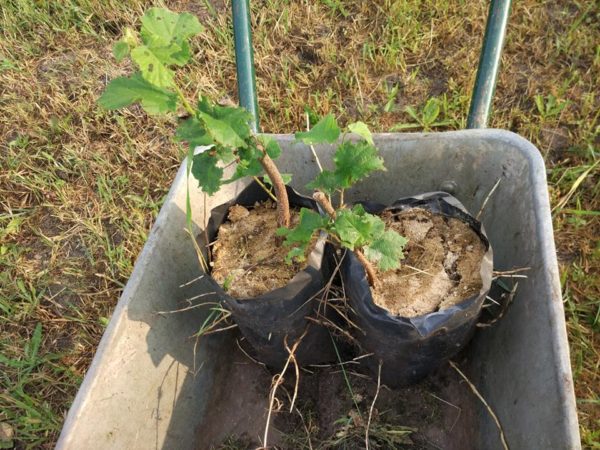
It is best to plant hazelnuts in a sunny place. Illumination is an important criterion when choosing a site for planting hazel.
When the north side is blocked by plantings or walls of the building, thereby protecting the landing from the wind, then this is excellent. The shrub normally tolerates low temperatures. But it is better not to plant hazelnuts in such places.
The nearest plants with a dense crown should be located from a hazelnut 5 meters away. Subject to this condition, the yield will be higher.
Soil is suitable for anyone - chernozem, burozem, sod-podzolic earth. Hazelnuts also take root on turfy, floodplain, gleyed, gley, podzolic soil. The hydrogen index is from 5 to 7, i.e. neutral or slightly acidic. The plant needs to receive liquid in an adequate amount, but at the same time, hazel does not grow on marshy soil or near high standing groundwater.
When and where to plant a shrub
It will be right to start planting hazel in the fall. This must be done 2-3 weeks before the onset of steady frost. Until early December, the seedling will have time to develop the root system.
Planting rules
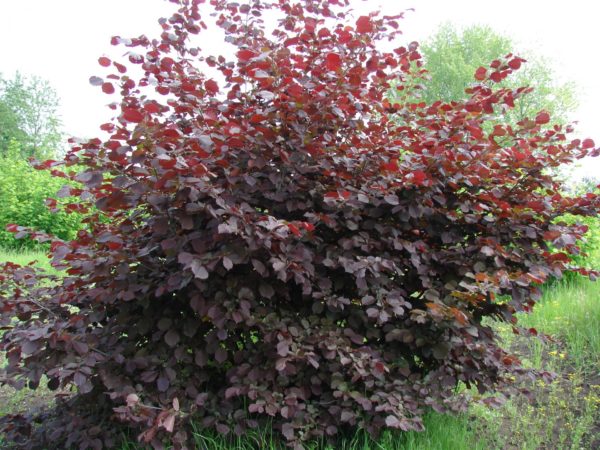
Hazel, for good pollination, it is better to plant several bushes at once. The optimal intervals between them are 6 meters, so that there are no cramped conditions for development.
Stages of work:
- to plow or dig the earth;
- make pits wide, high, 1 m long;
- ½ fill them with humus or manure;
- pour 10 l of water into each well;
- fill the seedling with soil so that the root stem 3 cm protrudes from it;
- watering - 20 liters per hazel.
Selection of planting material
Planting material is purchased at a store, at a fair, or prepared independently by a gardener. There are some rules, tips and advice on how to prepare for landing:
- Seeds Sprouted on the windowsill in small containers. They are kept for several months in a cool, dark place - in a refrigerator or cellar. Depths in the soil are 5 cm.
- Root processes. Take from a three-year-old plant, from the edge of the main bush. Before transplanting to an unchanged place, you need to grow shoots in the garden or in greenhouse conditions for 1-2 years. With this method, absolutely all varietal properties of the plant are preserved.
- Division. Twigs with a root system of up to 15 cm are separated from the adult bush. The method is suitable in order to defuse the hazel.
- Young cuttings. A two-year-old tree is taken, the period of the beginning of lumbering of the sprouts. Planted in a mixture of peat and sand in a ratio of 1: 1. Watered with foliage.
- Seedlings. To grow hazelnuts, a seedling is needed without leaves, with a well-formed root 45-50 cm long. On the root there are 2 pairs of shoots 1.5 cm in diameter, 1-2 cm in size. Hazel is sown in rows or in separate bushes.
Hazelnut Care
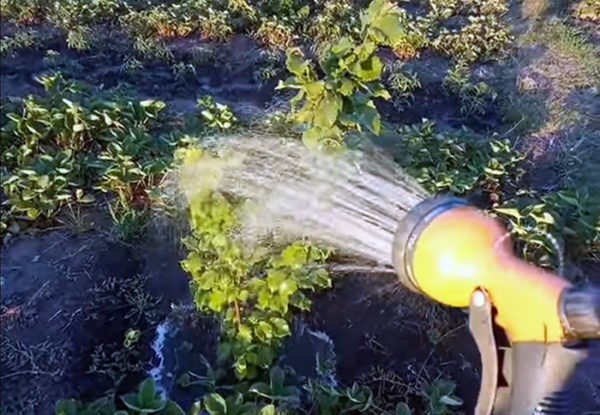
When hazel has not yet grown on the site, the place under it can be used to grow cereals or annual vegetables. Weeds are removed, the soil is loosened, but not very deep, so as not to damage the hazel rhizome, regularly watered - 1 time per month.
How to fertilize and feed
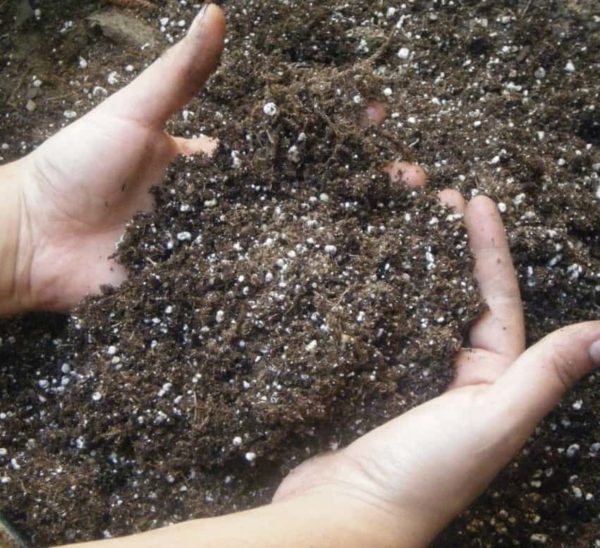
Mulching with sawdust, conifer needles, fallen leaves is done every fall, including in the first year. Also in the initial period, the photophilous seedling is artificially shaded. After 1 week, re-watered. It is better to do this in batches. A new bucket is poured after absorbing water. This action will eliminate rot.
| Young plant | Spring | Autumn |
| Potassium Sulphate 60 g | Ammonium nitrate 25 g per square meter | Fertilizers containing potassium and phosphorus |
| Double superphosphate 150 g | ||
| Humus 10 L | ||
| Manure 10 l |
A hole fed with manure and fertilizers nourishes the plant and promotes its growth for several years. 4 years, you can no longer do top dressing.
Pest control
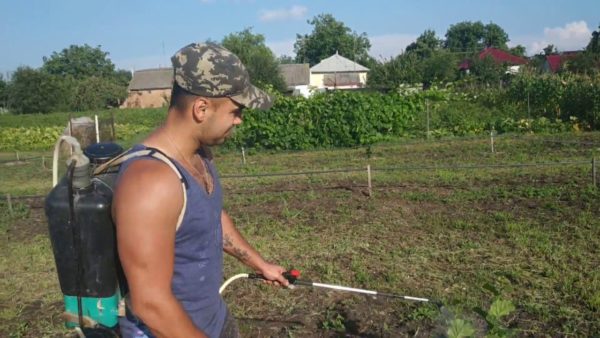
Wormy fruits and diseased leaves are picked and thrown away. As a preventive measure, you need to clean the bark, loosen the soil to saturate it with oxygen, collect foliage, garbage on the site.
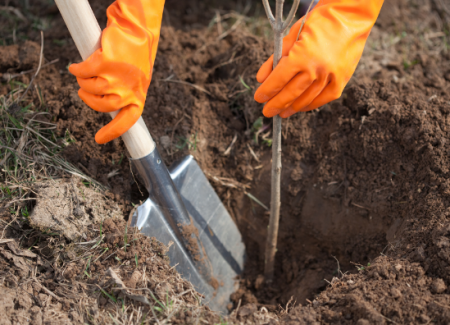 You may be interested in:
You may be interested in:Pests to which hazelnuts are subject:
- Fruited walnut - a bug with a long horn. Size - 0.7-1 cm. Light brown. Winters in the earth. Lays eggs in nuts, a larva develops inside them.
- Aphids - a small bug 2 mm in size. It feeds on leaves.
- Barbel nut - a black bug with an oblong abdomen, yellow legs and long antennae. Eats foliage.
- Currant kidney mite - a vermiform insect. Its abdomen is 0.5 cm. In addition to hazel, it is found on currants and gooseberries. Lives and develops in the kidneys of these cultures.
This shrub should not be ignored. For regular care and labors, the gardener receives a beautiful plant with a lush crown and tasty nuts as a reward. Hazelnuts are unpretentious to the soil composition, do not need constant top dressing. To buy seedlings is available to everyone.In addition, there is more than one variety that can be cultivated at home. With careful cultivation, hazel will grow in the garden for many years.
